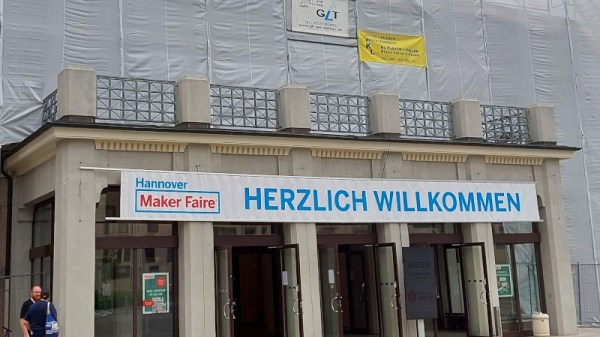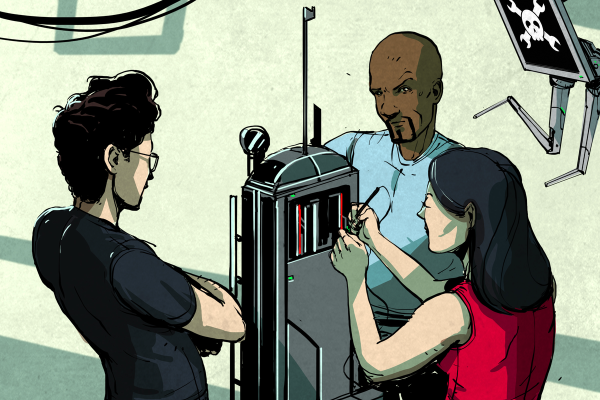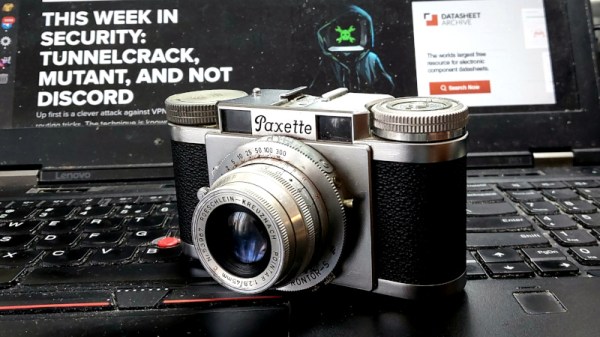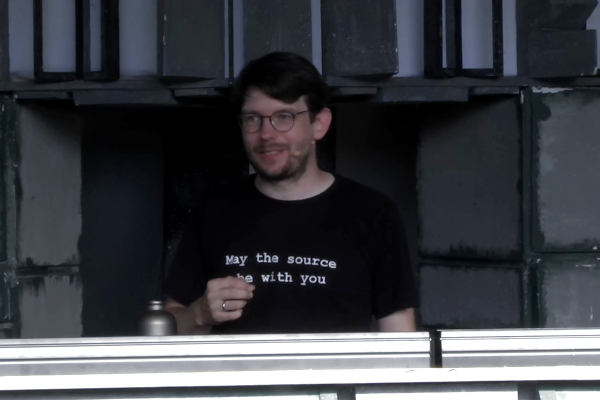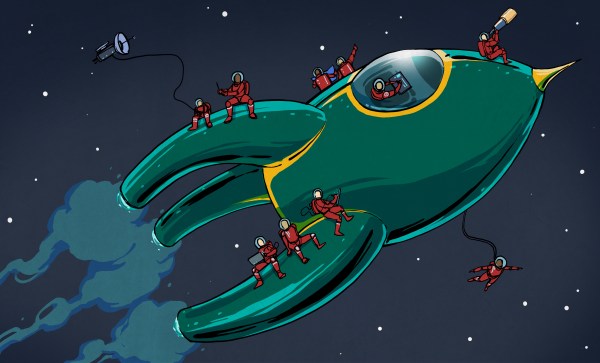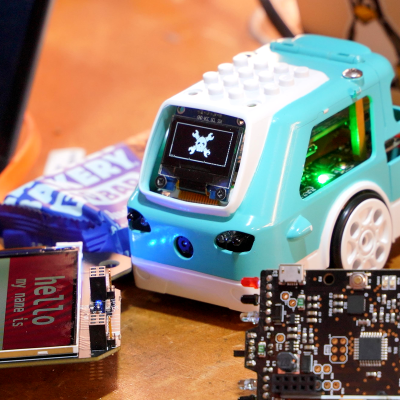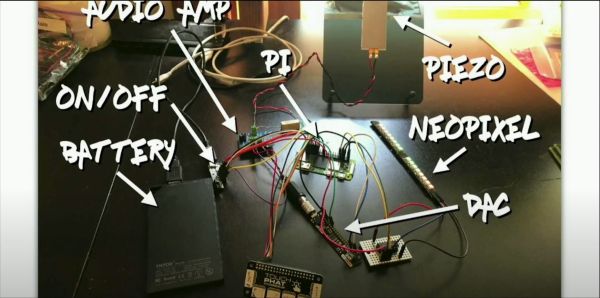On these pages we bring you plenty of reports from events, most of which are from the hacker or hardware communities. These can be great fun to attend, but they’re not the only game in town when looking at things adjacent to our community. At what you might describe as the consumer end of the market there are the Maker Faires, which bring a much more commercial approach to a tech event. While so many of us are in Germany for Chaos Communication Camp there’s a maker faire ideally placed to drop in on the way back. We took the trip to Hannover, a large and rather pleasant city just off the Berlin to Amsterdam motorway roughly central to the top half of the country. It’s got one of the German emissions zones so without the green tax sticker in the car we took a park-and-ride on one of their clean and efficient trams to alight a short walk from the congress centre.
Plenty To See, And It’s Not All For Kids
Continue reading “Maker Faire Hannover: The Right Way To Do It”

